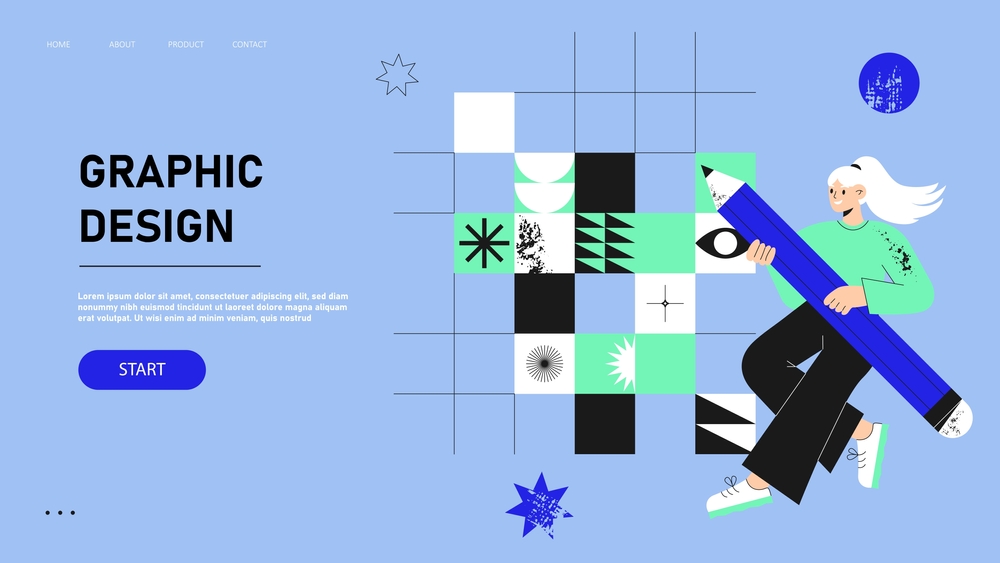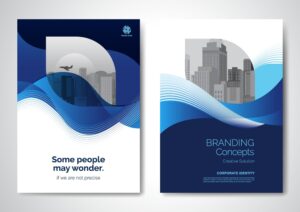Packaging Design: Making Your Product Stand Out
Introduction
In today’s crowded marketplace, product packaging design is more crucial than ever. It’s not just about protecting the product; it’s about creating an experience that attracts consumers, communicates the brand’s message, and ultimately influences purchase decisions. In this blog, we explore how effective packaging design can make your product stand out, the key elements to consider, and why investing in great packaging is a game-changer for your brand.
The Importance of Packaging Design
Why Packaging Design Matters
Packaging design serves as the first point of contact between the consumer and your product. It’s a powerful marketing tool that can differentiate your product from competitors, convey your brand’s identity, and create an emotional connection with the consumer. Well-designed packaging not only captures attention but also builds trust and encourages repeat purchases.
The Impact of Packaging on Consumer Decisions
Research shows that packaging design can significantly influence consumer behavior. Eye-catching and unique packaging can increase the likelihood of a product being noticed on the shelf, while clear and informative design helps consumers make informed decisions. Packaging is often seen as a reflection of the product’s quality, making it a vital component in the overall customer experience.
Key Elements of Effective Packaging Design
1. Visual Appeal
The visual appeal of packaging is the most immediate factor in attracting consumer attention. Color, shape, typography, and imagery all play a role in creating a design that stands out. Bold colors can grab attention, while unique shapes can make the packaging memorable. The use of high-quality graphics and professional typography adds to the perceived value of the product.
2. Functionality and Usability
While aesthetics are important, packaging must also be functional and user-friendly. This includes easy-to-open designs, durability, and the ability to protect the product during transportation. Packaging that enhances the user experience—such as resealable bags or ergonomic designs—adds convenience and encourages repeat purchases.
3. Brand Consistency
Consistency in packaging design is key to building brand recognition and loyalty. Ensure that the packaging reflects your brand’s identity through consistent use of colors, logos, and messaging. A cohesive look across all products in your line reinforces your brand and makes it easily recognizable to consumers.

4. Sustainability
With increasing consumer awareness of environmental issues, sustainable packaging has become a significant factor in purchasing decisions. Eco-friendly materials, minimalistic designs, and recyclable packaging options not only appeal to environmentally conscious consumers but also enhance your brand’s reputation. Sustainability is not just a trend but a commitment to responsible business practices.
5. Clear Communication
Packaging should clearly communicate the product’s benefits, features, and instructions. Consumers should be able to quickly understand what the product is, who it’s for, and how to use it. Well-organized information, concise messaging, and the use of icons or symbols can make the packaging more accessible and user-friendly.
Strategies for Creating Standout Packaging
1. Know Your Audience
Understanding your target audience is crucial when designing packaging. Consider the preferences, needs, and values of your consumers to create packaging that resonates with them. For example, luxury products may require elegant and sophisticated packaging, while eco-conscious consumers may prefer minimalist and sustainable designs.
2. Leverage Color Psychology
Colors evoke emotions and can influence consumer perceptions. Use color psychology to your advantage by choosing colors that align with your brand’s message and appeal to your target audience. For instance, green is often associated with health and sustainability, while red can evoke excitement and urgency.
3. Innovate with Materials
Explore innovative materials that enhance the packaging’s functionality and appeal. For example, biodegradable plastics, textured finishes, or unique closures can add a tactile element that makes the packaging more engaging. Innovative materials can also align with sustainability goals and differentiate your product from competitors.
4. Embrace Minimalism
Sometimes, less is more. Minimalist packaging design, with clean lines and simple elements, can create a modern and sophisticated look. This approach can be particularly effective for luxury products, where simplicity can convey elegance and high quality. Minimalism also allows the product itself to take center stage.
5. Test and Refine
Packaging design should be tested with real consumers to gather feedback and insights. Conduct focus groups or use A/B testing to evaluate different design options. Consumer feedback can provide valuable information on what works and what doesn’t, allowing you to refine the design before launching it to the market.
Conclusion
Packaging design is a critical aspect of product marketing that can significantly influence consumer behavior and brand perception. By focusing on visual appeal, functionality, brand consistency, sustainability, and clear communication, you can create packaging that not only stands out on the shelf but also resonates with your target audience. Ready to elevate your product’s packaging? Contact us to start your design journey.
For further insights on packaging design, visit The Dieline for the latest trends and inspiration, or check out Packaging World for industry news and innovations.







